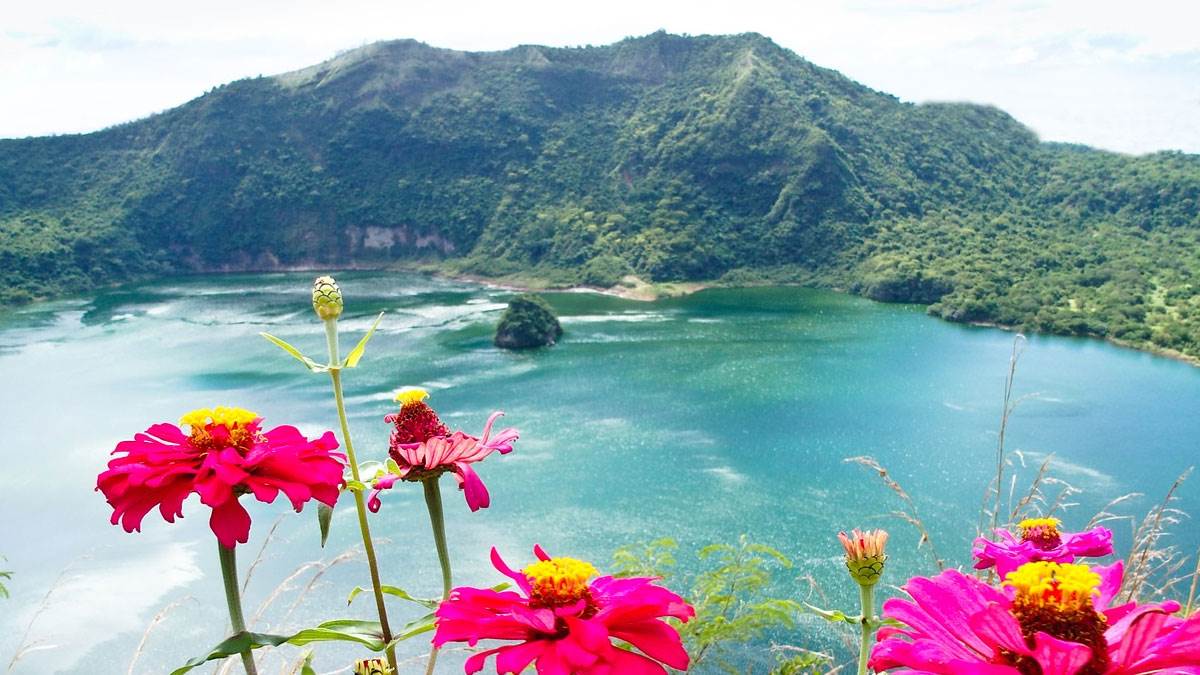Read our review of the book
The Island at the End of Everything
Amihan lives on the secluded island of Culion with her sick mum, who has leprosy. But when the government decides the island must be quarantined, Ami and all the children who don’t have the disease are forced to leave – while her mum must stay behind, along with everything Ami has ever known.
Bookfinder
Find your next book
Use the Bookfinder to find the perfect book for you, your family and friends.








